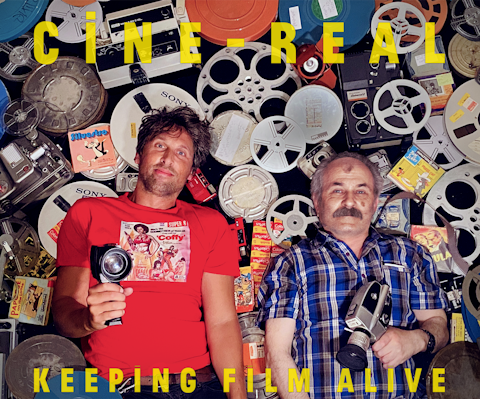Cat on a Hot Tin Roof (1957)
Cat on a Hot Tin Roof (1957)

AN all-fired lot of high-powered acting is done in "Cat on a Hot Tin Roof," film version of the Tennessee Williams stage play, which came to the Music Hall yesterday. Burl Ives, Paul Newman, Elizabeth Taylor, Judith Anderson, Jack Carson and two or three more almost work and yell themselves to pieces making this drama of strife within a new-rich Southern family a ferocious and fascinating show.And what a pack of trashy people these accomplished actors perform!
Such a lot of gross and greedy characters haven't gone past since Lillian Hellman's "The Little Foxes" went that way. The whole time is spent by them in wrangling over a dying man's anticipated estate or telling one another quite frankly what sort of so-and-so's they think the others are.As a straight exercise in spewing venom and flinging dirty linen on a line, this fine Metro-Goldwyn-Mayer production in color would be hard to beat. It is done by superior talents, under the driving direction of Richard Brooks, making even the driest scenes drip poison with that strong, juicy Williams dialogue. And before the tubs full of pent-up fury, suspicion and hatred are drained, every major performer in the company has had a chance to play at least one bang-up scene.
The fattest and juiciest opportunities go to Mr. Newman, Miss Taylor and Mr. Ives as the son, his wife and the former's father (the Big Daddy of the lot), respectively. In their frequent and assorted encounters, they have chances, together and in pairs, to discourse and lash each other's feelings over the several problems of the family.First there is the private problem of why this son and his wife do not have any children—and, indeed, why the young man shuns his wife. Why does he spend his time boozing, hobbling around his bedroom on a crutch and reviling his wife, who quite obviously has the proclivities of that cat on the roof?And, secondly, why does this young fellow resent and resist his old man, who as obviously wants to be pals with him and leave him his estate if he will only have kids?Let it be said, quite frankly, that the ways in which these problems are solved do not represent supreme achievements of ingenuity or logic in dramatic art.
Mr. Williams' original stage play has been altered considerably, especially in offering explanation of why the son is as he is. Now, a complicated business of hero-worship has been put by Mr. Brooks and James Poe in place of a strong suggestion of homosexuality in the play.No wonder the baffled father, in trying to find out what gives, roars with indignation: "Something's missing here!"It is, indeed. And something is missing in the dramatists' glib account of how the son gets together with his father in one easy discourse on love. But what is lacking in logical conflict is made up in visual and verbal displays of vulgar and violent emotions by everybody concerned.Mr. Newman is perhaps the most resourceful and dramatically restrained of the lot. He gives an ingratiating picture of a tortured and tested young man.
Miss Taylor is next. She is terrific as a panting, impatient wife, wanting the love of her husband as sincerely as she wants an inheritance. Mr. Ives snorts and roars with gusto, Miss Anderson claws the air as his wife, and Mr. Carson squirms and howls atrocious English as their greedy, deceitful older son.Madeleine Sherwood does a fine job as the latter's cheap, child-heavy wife and a quartet of unidentified youngsters insult the human race as their brats.Lawrence Weingarten's production is lush with extravagance, which is thoroughly appropriate to the nature of "Cat on a Hot Tin Roof."The stage show at the Music Hall, entitled "Autumn Gallery," features Jeanette Scovotti, coloratura; Jack Beaber and Françoise Martinet, soloists; the Two Martys, novelty performers, and the Corps de Ballet and Rockettes. - Bosley Crowther, 1958
